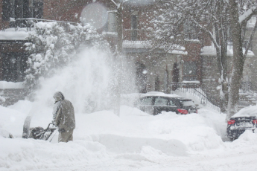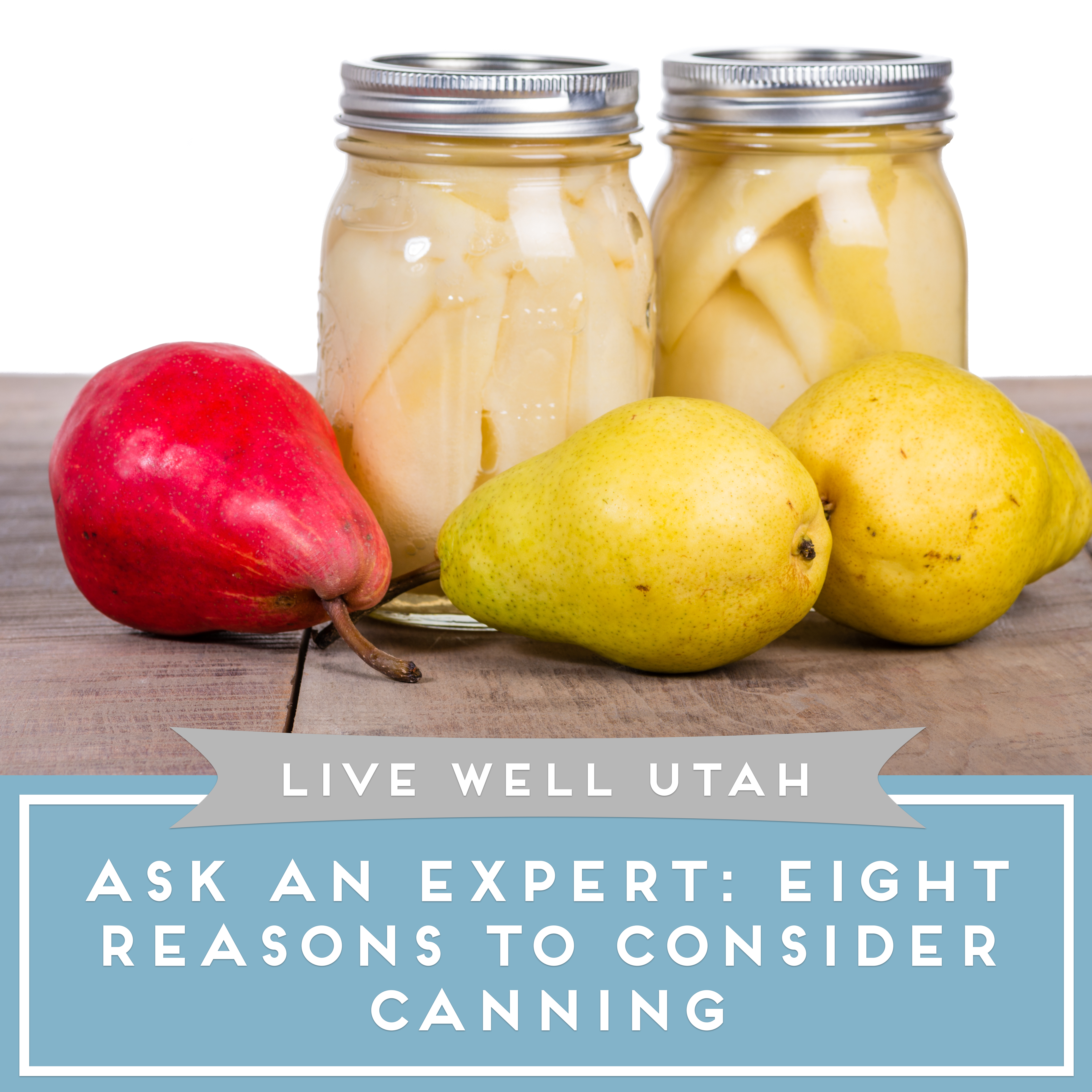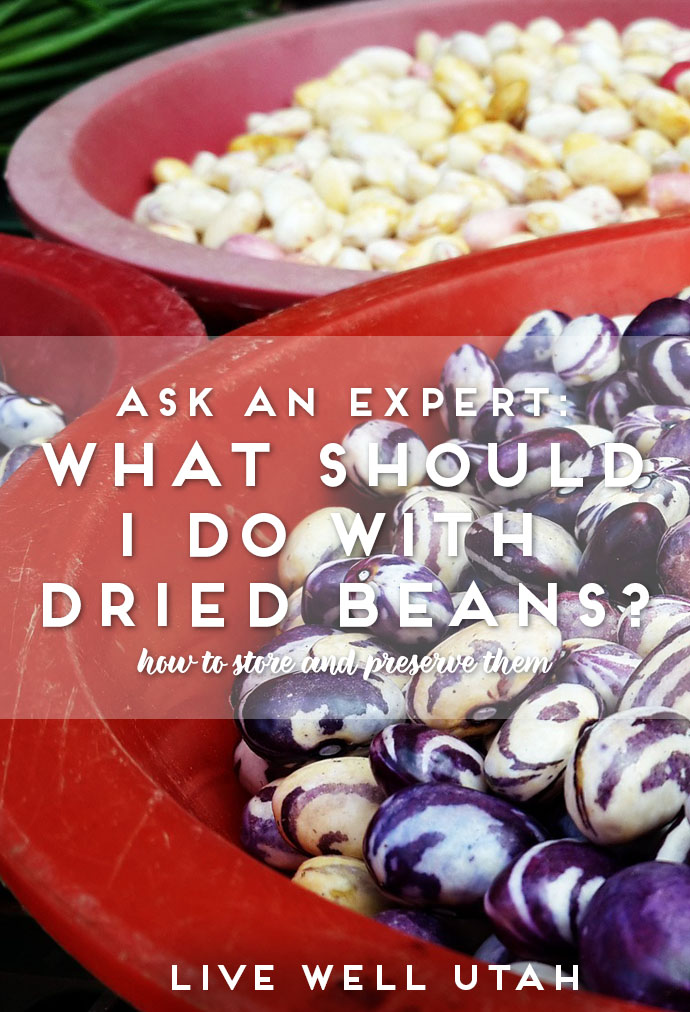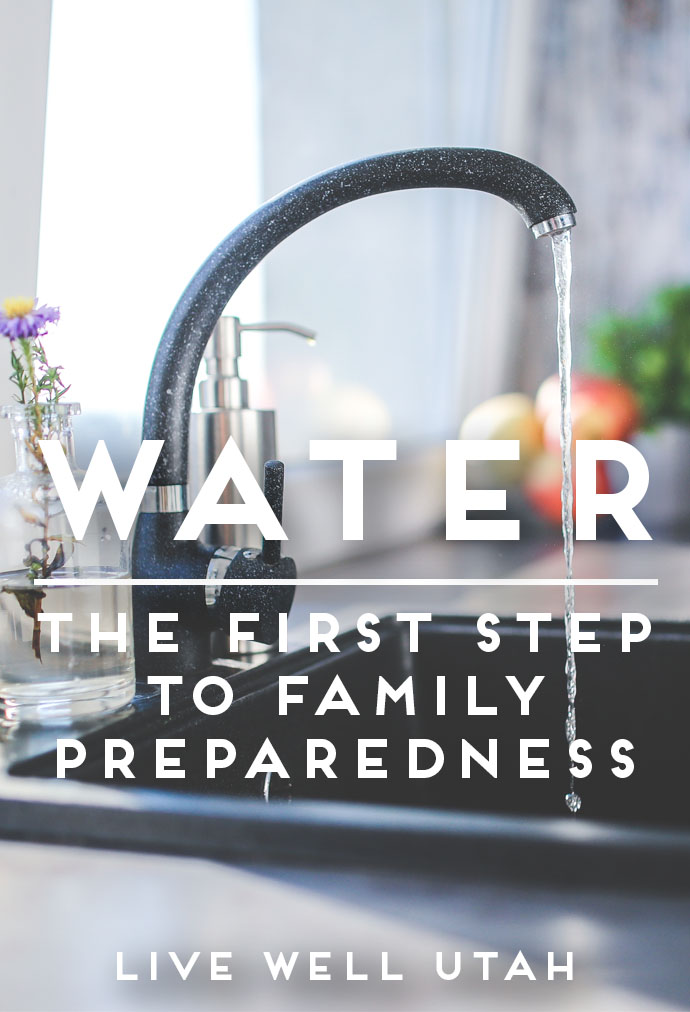What Should I Do If I Can’t Find Canning Lids?

Due to COVID-19 and a higher demand for canning supplies this season, many people have found it difficult to find new boxed lids for canning. Here are some answers to our most frequently asked questions regarding the lid shortage.
Can I re-use old or previously used canning lids?
While it might be possible to get a previously used lid to seal again, it is highly unlikely. We have had consumers tell us they tried and most, if not all, their jars did not seal. The sealing compound on the rubber part of the lids are manufactured and only guaranteed to seal once. If you choose to use an old lid, be sure to test that it sealed before storing and also test for the seal later before opening the jar.
I only have a few lids. How do I make sure they seal since I can’t get additional lids?
Process jars correctly according to recommendations from the National Center for Home Food Preservation at https://nchfp.uga.edu/. Steps to ensure a higher likelihood of sealing include:
- Fill jars to the appropriate headspace (the space between the food/liquid and the top of the jar).
- Remove air bubbles from the jar by stirring the contents slightly. Refill to headspace if needed.
- Wipe the rim of the jar with a clean, damp paper towel to remove any food particles that could interfere with the lid sealing.
- Screw the ring band on so it is finger-tip tight. If it is screwed on too tightly, it can interfere with the vacuum seal where the air bubbles escape before suctioning the lid down. Without a good vacuum seal, it could come unsealed later.
- For high-acid foods, process appropriately in a boiling water bath, submerging the jars completely, 2-3 inches above the top of the jar. Bring to a boil, but keep the heat at a nice rolling boil and avoid boiling that would spill over the top. That hard of a boil could create siphoning where the food is boiled out of the jar and interferes with the lid sealing. When the timer is done, turn off the heat source. Leave in the canner for 5 more minutes before removing to a surface to cool. Studies have shown this can prevent siphoning that can happen when removing the jar from a hot environment to a cooler, room-temperature environment.
- For low-acid foods, process in a stove-top pressure canner following the canner’s manufacturing instructions (or instructions found here: https://extension.usu.edu/preserve-the-harvest/research/principles-of-pressure-canning). Upon depressurizing the canner, leave jars in for another 10 minutes and allow to slightly cool to prevent siphoning before removing the pressure canner lid.
- Do NOT tip the jars when removing from the canners and do NOT touch the top of the lid until the jars have cooled on the counter for 12-24 hours after processing. If you touch it too soon, you could force a non-vacuum seal, which could come unsealed later.
- After 12-24 hours, check for a seal by pressing with your finger on the center of the lid. If it clicks, it is NOT sealed.
- If you have a jar that is sealed, remove the ring band, wash the jar of food or hard water particles, label and store without the ring band. Without the ring band, you won’t have something holding a false seal in place.
- If a jar did not seal, you can reprocess in the canner (if you happen to have more lids), or empty contents into a freezer container and freeze, or place in the refrigerator to consume within a week.
- Always check lids of sealed jars before eating. If you can lift the jar up by the lid and tug on the lid with your fingertips and the lid doesn’t come off, it is sealed. If it comes off easily, it came unsealed sometime after processing and should be thrown out. It seems wasteful, but it is better to be safe than sorry.
What about off-brand lids found in stores or online?
There is a possibility that these lids will create a vacuum seal. Studies and anecdotal stories from our callers tell us these have higher rates of failures to seal. You must weigh the risk you want to take to do all the work, then have some or many jars not seal. If you do choose to use them, consult the manufacturer’s directions and follow them for the greatest chances of success.
What about reusable three-piece lids?
These are similar to off-brand lids. Sometimes they will seal and work, and other times they come unsealed. Follow procedures carefully for preparing jars and checking for vacuum seals. The bottom line with three-piece and off-brand lids is “buyer beware.”
What else can I do if I can’t find any lids or I am not comfortable using lids known to have higher seal failure rates?
Freezing is a great method of preserving food, and most canned recipes will freeze great, including pie filling, tomatoes, salsas and more. You can also prepare your recipe as if you were going to can it, then package into freezer containers and freeze until you can acquire lids to can. Dehydrating or freeze drying are other great methods. Check out our food preservation website for how-to guides for freezing and dehydrating at http://canning.usu.edu.
By: Melanie Jewkes, Utah State University Extension associate professor, melanie.jewkes@usu.edu





 Dried beans can be a great addition to your pantry and food storage. Read on to find out how to properly store and preserve dried beans.
Dried beans can be a great addition to your pantry and food storage. Read on to find out how to properly store and preserve dried beans.
 What would your family eat in an emergency? Get prepared with these six expert tips on portable emergency food storage.
What would your family eat in an emergency? Get prepared with these six expert tips on portable emergency food storage. Want to build up your family’s emergency supplies, but not sure where to start? A great first step is to store water. Find out how to get started here!
Want to build up your family’s emergency supplies, but not sure where to start? A great first step is to store water. Find out how to get started here!